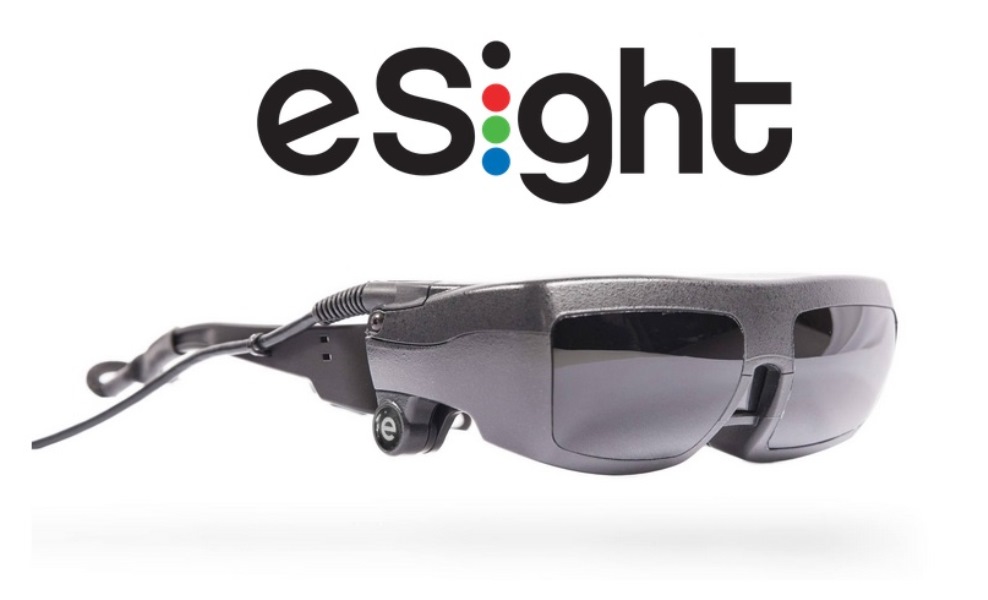Star Trek is known for “predicting” modern technology. Everything from touch screens, to Facetime to smartphones were all being used on the groundbreaking sci-fi program in the 60s. Now, we use them in real life every day. So, it’s really no surprise that Star Trek predicted another amazing scientific breakthrough. Remember the “glasses” Levar Burton’s character wore in Star Trek: The Next Generation? Yep, now they exist … sort of.
A Canadian company called eSight is marketing a product that enhanced underdeveloped optic nerves that help people with sight issues see more clearly. Customers who saw only a blur can now read the morning paper with their coffee.
The process is fairly complicated, but, for the layman, here’s the nutshell: eSight glasses transmit images from cameras in the “lenses” to the user’s peripheral vision, allowing many people to see clearly what they could not see at all before. While this solution is not for everyone, even some people diagnosed as legally blind are seeing the benefits of these products.
The science here is based on the fact that many times visual acuity issues only degrade the central vision, leaving side views working fairly well. By sending images to the peripheral, eSight puts images where people can see them.
That’s not to say there aren’t some critics or legitimate shortcomings that need to be addressed. Many people have already been helped, but not in sufficient numbers or in enough tests to declare any specific “proven” benefits. At this point, many of the positive stories are anecdotal, rather than scientific.
That’s not to say this is junk science or fake medicine. eSight is in the process of carrying out clinical trials of the products to prove their effectiveness beyond a shadow of a doubt.
And that’s not the only hurdle the company has to get over. As with all new technology, there’s a fairly steep price tag, about $10,000 at this point. That’s generally the case with new tech, especially specialty medical products that are not yet widely available. But that’s not to say it will always be that way. Mass production will come once the company is able to prove the viability of the product. Well, let’s say “if” the company can prove the viability of the product.
One group eSight needs on board are insurers. To date, insurance companies are taking a pass on covering these items, because they haven’t been proven and because they are currently classified as medical assistance devices, rather than medical necessities. That’s something the makers of eSight will have to change if they want to mass market their high-tech miracle cure.

More PR Insights
Effective Marketing Strategies for New Businesses
Ronn Torossian, 5WPR Founder News
Discord for Brands